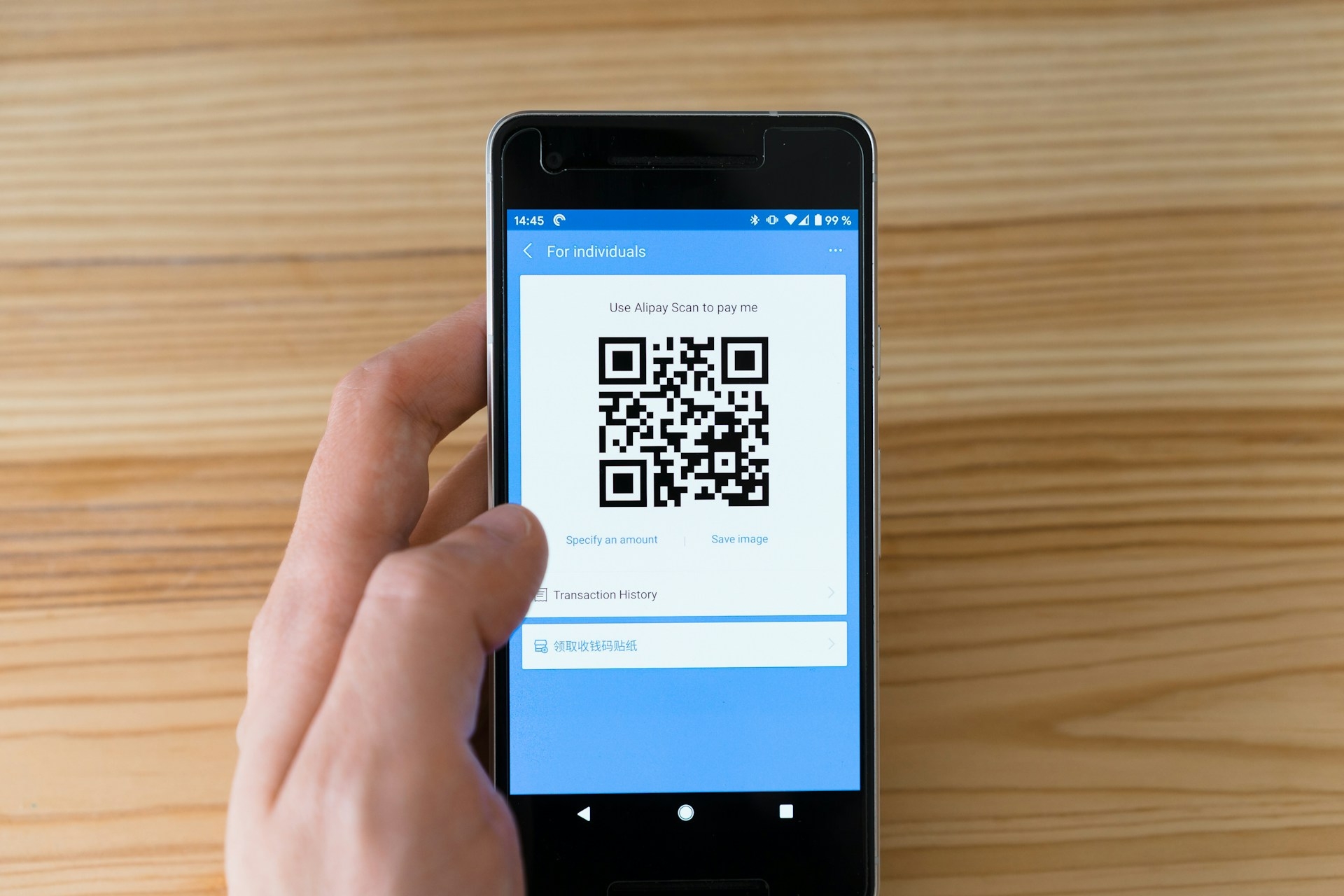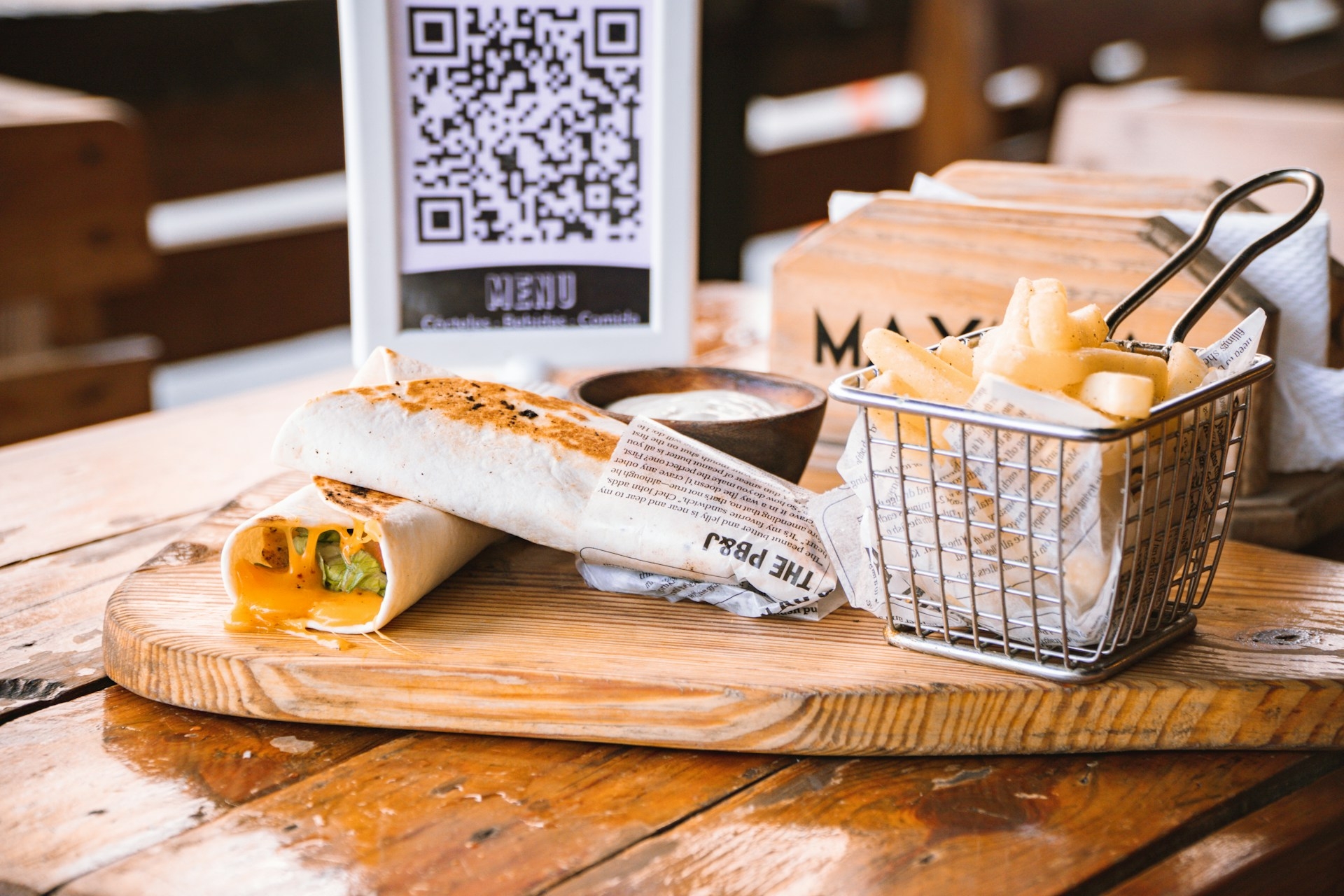Static vs Dynamic QR Codes: Know the Differences & Benefits
Have you ever gone out to a public event or restaurant and needed to scan a QR code? QR codes have become increasingly popular with event planning, restaurants, and marketing campaigns. However, many people are unaware of various types of QR codes because they appear similar.
When dealing with QR codes, there are two types: Static and Dynamic QR codes. Keep reading as we dive into static vs dynamic QR codes and their benefits.
Static QR Codes: What is it and How to Use it

If you know anything about QR codes, you may already know what the code entails. Let’s see if you’re close. A static QR code is a 2D version of a created barcode that can’t be changed.
The reason it can’t be changed is that the information included in the static QR code is also encoded within the code. There are different types of static QR codes, such as text QR codes and email QR codes. Since the codes transport data, you may notice it’s busier when you link them to a lot of information.
Considering the nature of static QR codes, they are very popular with event planning and other businesses. Let's look at some ways you can use static QR codes.
Product Manuals
Static QR codes can be used for instruction manuals to build items such as furniture electronics, and to build other appliances. These instructions are typically consistent for buyers who purchase these types of products. If you bought a piece of furniture five years ago and bought the same item today, the instructions would likely be the same so buyers can scan the same QR code.
Event Use (Single-Event Only)
If you're an event planner, you know how crucial it is to make a first impression on your guests. Since many guests spend a lot of time at the check-in area, efficiency is vital. If you're planning a one-time event, static QR codes can be beneficial to confirm guest passes and tickets.
With this code, employees only need to scan the code to permit guests to enter the venue. This is a much faster process than checking names off a list. Static QR codes are excellent for confirming wedding guests or other events with many attendees.
Dynamic QR Codes: What is it and How to Use it?

As it may seem, when comparing static vs dynamic QR codes, dynamic QR codes are more advanced and have a shorter encoded URL, which leads users to your desired content page.
If needed, you can change the destination and content if you need to update it without having to print a new QR code. With dynamic QR codes, you’ll receive its scanning statistics, which are mainly used in campaigns related to marketing.
With these codes, you’ll have further location information, scanning amounts, the date and time, and the type of operating system it uses. This information is essential for businesses that want to improve their reputation when trying to reach a particular audience.
Since dynamic QR codes are more flexible, you can use them for various circumstances, such as improving your marketing campaign and gathering customer feedback.
Government Use
Dynamic QR codes allow government office settings to update their business hours to improve booking appointments. Additionally, government settings also use these codes to collect feedback from individuals.
Collects Reviews
When researching a nice restaurant for dinner, many customers go online to study reviews to determine whether or not they will give the establishment their business. Ratings and reviews are essential in the hospitality industry, deciding whether or not your business is booming.
To encourage your customers to rate your restaurant, you can use a rating QR code. To do this, you can print the code on the customer’s receipt, table decorations, or menu, encouraging your customers to rate you.
For Marketing
Dynamic QR codes are popular for marketing campaigns, allowing you to distribute a wide range of information without creating new materials. For example, you can change the destination of your URL to your most-visited particular media page, spending where your audience visits most.
Dynamic QR codes can provide insights into engagement, offering information on time, location, and scan count. With this information, you can improve future marketing campaigns.
Static vs Dynamic QR Codes: The Benefits

Static QR Codes
- Simple to Use - Simple to use and create, requiring no infrastructure on the backend.
- Comparability - This can be used with any code reader.
- Longevity - These are used in settings where you don’t need to change the information, such as business cards and product labels.
- Unchangeable Information - Can’t alter already encoded data; great for one-time use events.
- Cost-Effective - Free to use and generate.
Dynamic QR Codes
- Easily change or add information - You can edit codes after printing them, saving you time and money.
- Can fix mistakes if needed - Due to their editing capabilities, you can fix them instead of making a new code.
- Uses shorter URLs - Uses links that are smaller and simpler.
- Update your campaigns - You can adapt to your customers' preferences quickly.
- Monitors statistics - Gives you a large area of tracking information, allowing you to make adjustments to improve future business
- Can be set to expire.
Linkly lets you generate dynamic QR codes for free.
Frequently Asked Questions
How can I tell if a QR code is static or dynamic?
If your QR code has a slight encoded URL redirection in it, then it’s considered a dynamic QR code. If your final destination URL is the same, then it’s regarded as a static QR code.
Are dynamic QR codes worth it?
For marketing purposes, dynamic QR codes are an excellent choice as they offer the ability to track user engagement and more flexibility.
Can I convert a static QR code to a dynamic one?
You can’t convert a static QR code to a dynamic QR code or do the opposite because they have different encoding methods and structures.
Can I use a static QR code for my website?
For marketing campaigns that don’t need a destination URL adjustment, you can use static QR codes.
What is the benefit of static QR codes?
Static QR codes have several benefits, such as reliability, cost efficiency, and ease of use.